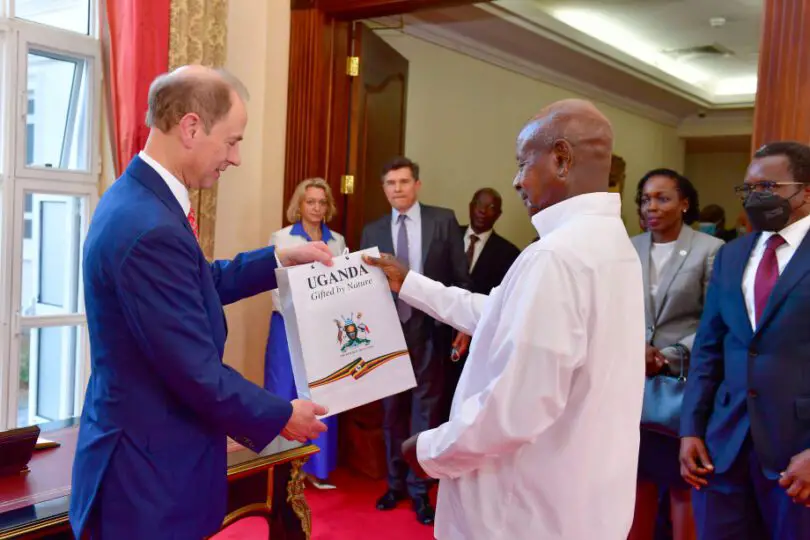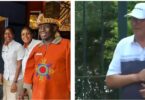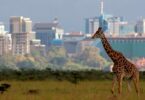The Duke of Edinburgh Prince Edward Ugandan visit is historic. The British royal captivated Ugandans with his three-day state visit to one of the finest East African safari destinations.
Safaris in Uganda are more reasonably priced than those in other African nations, such as South Africa and Kenya. Wildlife such as golden monkeys, chimpanzees, gorillas, elephants, buffaloes, lions, leopards, and a variety of bird species are present.
Furthermore, the Rwenzori Mountains, covered in snow, and the lush rainforests of Queen Elizabeth National Park sum up Uganda’s natural beauty.
Why Was The Purposes of Duke of Edinburgh Prince Edward Ugandan Visit?
The Duke of Edinburgh Prince Edward Ugandan visit was diplomatic in nature. It was aimed at raising awareness of the International Award and the potential benefits of non-formal education and learning for youth and their communities. He arrived in Uganda on Monday.
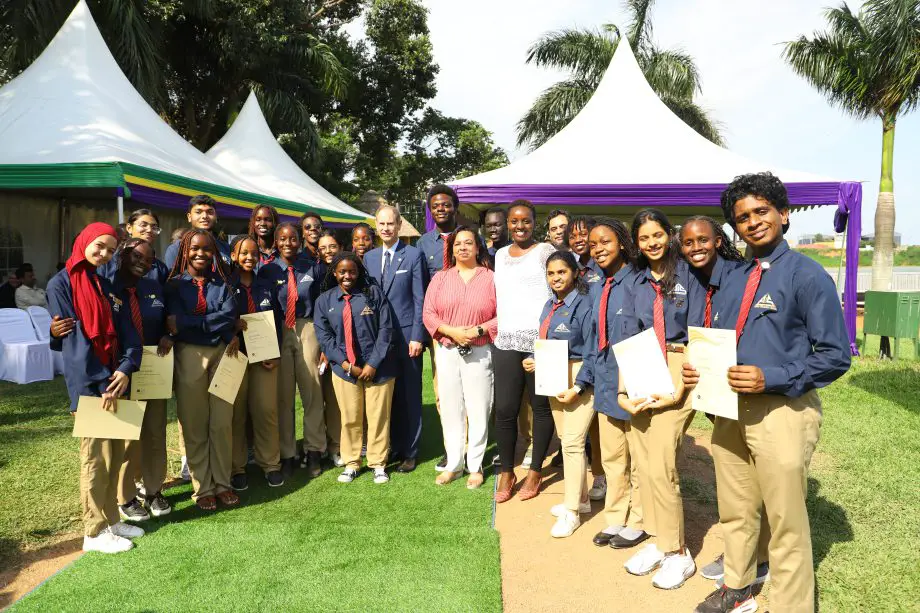
Prince Edward, the Duke of Edinburgh. Photo/ROyal UK NEws
His first order of business was meeting up with students from the worldwide Non-Formal Education and Learning program. He then joined an Award in Action tour to a Wildlife Education Centre, where Award recipients have been volunteering. The Duke also visited the African regional conference of the Award alongside the State of Foreign Affairs to examine the Award’s sustainability in the African region.
His Royal Highness’ visit to the regional conference was geared towards scrutinising the critical role that non-formal education and learning have in the development of young people. Prince Edward graciously accepted the position of Patron of the Duke of Edinburg International Award.
Where Did Prince Edward Visit in Uganda?
While Uganda has beautiful safari destinations, The Duke of Edinburgh Prince Edward Ugandan visit took him to State House Uganda as his first stopover. Here, he met the President of Uganda Yoweri Kaguta Museveni. They had a private meeting touching on bilateral relations between Uganda and the UK.
The Duke of Edinburgh Prince Edward Ugandan visit also accorded him a moment with youth leaders. They shared their success stories on how they have made a positive impact in their respective communities in different areas. They include IT, climate, women empowerment and entrepreneurship. Thus, the Duke of Edinburgh’s International Award comes in handy in helping out young and determined Ugandans discover and execute their purpose in life. There are at least 6000 beneficiaries of the Duke of Edinburgh International Award in Uganda.
Did Duke of Edinburgh Prince Edward Visit Entebbe Zoo?
The Duke of Edinburgh Prince Edward Ugandan visit ended at the Entebbe Zoo. This zoo also known as the Uganda Wildlife Education Centre (UWEC), is a unique sanctuary for Ugandan wildlife. Founded in 1950, it started as a rehab centre for orphaned, injured, or rescued animals. Today, UWEC offers a glimpse into Uganda’s rich biodiversity.
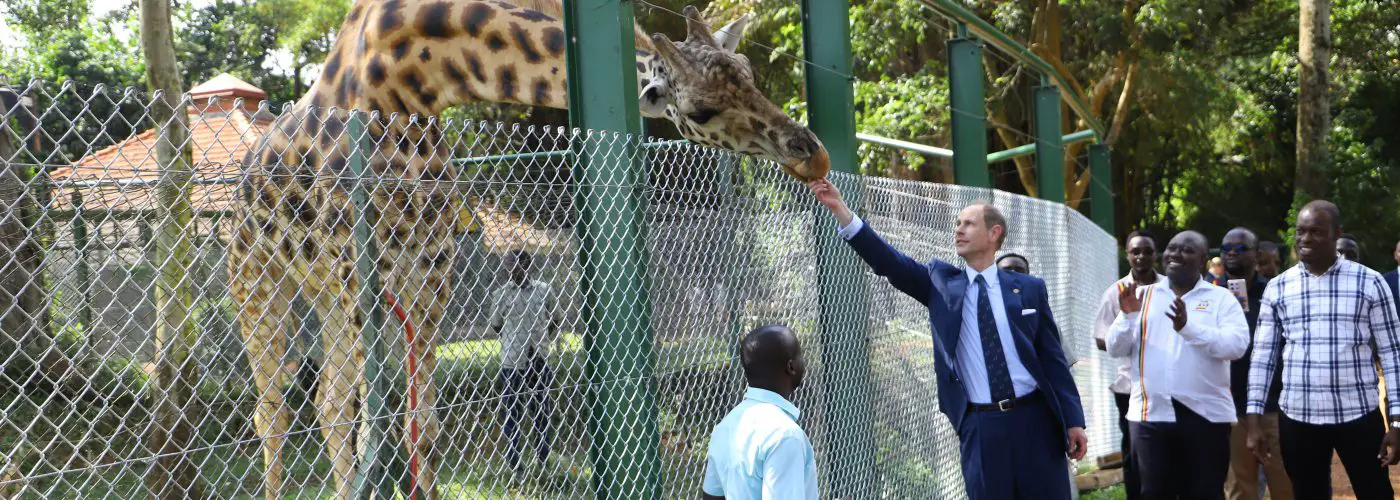
Duke of Edinburgh Prince Edward at the Entebbe Zoo. Photo/Royal UK News
Unlike traditional zoos, UWEC prioritizes spacious enclosures resembling natural habitats. Visitors can see over 200 species, from majestic giraffes and playful chimps to lions roaring and elephants trumpeting. UWEC goes beyond showcasing wildlife. It fosters conservation through education, allowing visitors to connect with animals and understand their ecological importance. Located near Entebbe International Airport, UWEC is a popular tourist destination, offering a convenient way to experience Uganda’s wildlife wonders.
In a statement, the Uganda Tourism Board (UTB) termed the Duke of Edinburgh Prince Edward Ugandan visit as a great honour. As one of the leading safari destinations in the region, UTB felt proud to share Uganda’s wildlife history with the Duke. He also partook in a conservation exercise in line with the board’s vision of conserving the environment. Here is its statement.
We were honoured to welcome HRH (His Royal Highness) Prince Edward, Duke of Edinburgh, to the Entebbe Zoo yesterday afternoon. Prince Edward had the opportunity to experience firsthand the wonders of Ugandan wildlife and culture. Witnessing the incredible diversity of species that call Uganda home, reaffirms the country’s status as a top destination for nature lovers and adventurers.
During his time at the Zoo, HRH participated in tree planting which highlighted the importance of responsible tourism and our commitment to environmental sustainability and preserving Uganda’s rich biodiversity.
His gesture serves as an inspiration for us at UTB to continue our efforts to promote responsible tourism and conservation practices, ensuring that Uganda’s natural treasures are protected for generations to come.”


